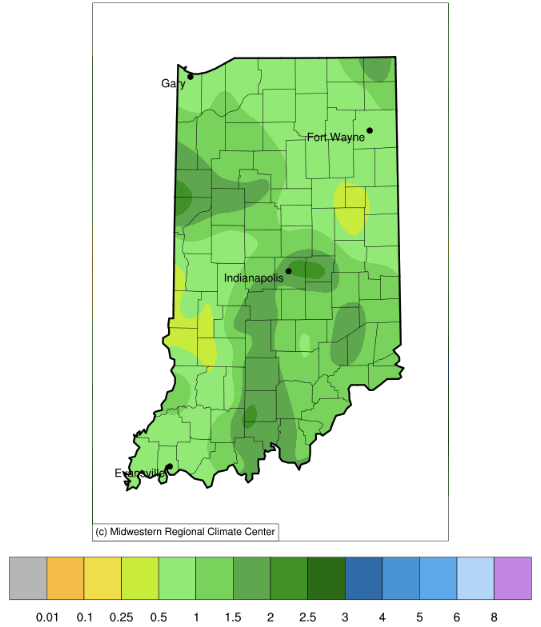
After another week of decent rains across the state (Figure 1), abnormally dry and drought conditions continue to improve according to the latest U.S. Drought Monitor (Figure 2).

After another week of decent rains across the state (Figure 1), abnormally dry and drought conditions continue to improve according to the latest U.S. Drought Monitor (Figure 2).

Many professions requiring investing in tools specific to their trade to be successful.
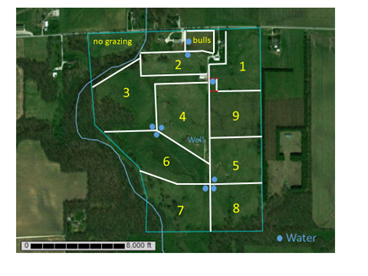
What does the word “stockpile” mean to you? Our understanding of the meaning is to “store away for future use.”

Indiana planting pace in 2023 was one of the fastest on record, which lined up with drought years as well as yield-breaking years. For most of our fields, soybean development in the month of June was summarized in one word – stagnant. Well, at least the aboveground growth seemed to stall out with the dry conditions. Fortunately, these soybeans were rooting down deep rather than expending energy into aboveground growth. If we have our choice of dry June or dry August, we will choose a dry June every time (assuming the roots have some access to moisture). The combination of timely planted soybean with good stand establishment and a dry June sets us up for a nice compact plant. We would rather have a compact plant that has good trifoliate node development and reproductive branches so the water use and photosynthetic efficiencies are optimized during pod development (July-August) and seed[Read More…]

Timely rains have returned over the past few weeks and have helped crop conditions across the state.
2023 Western Bean Cutworm Pheromone Trap Report
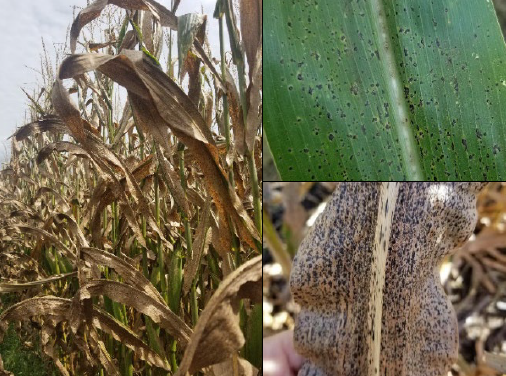
If the farm saw severe tar spot.
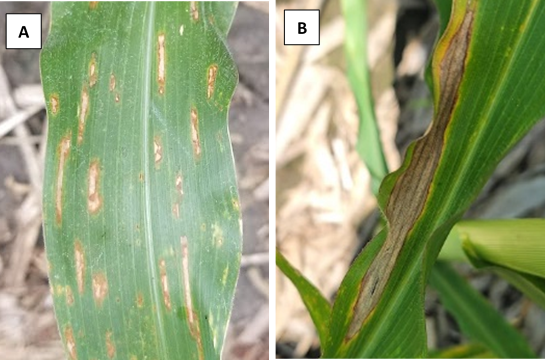
It is important to continue to scout for diseases in both corn and soybeans. Recent rains have created favorable environmental conditions for the development of foliar diseases in both crops.
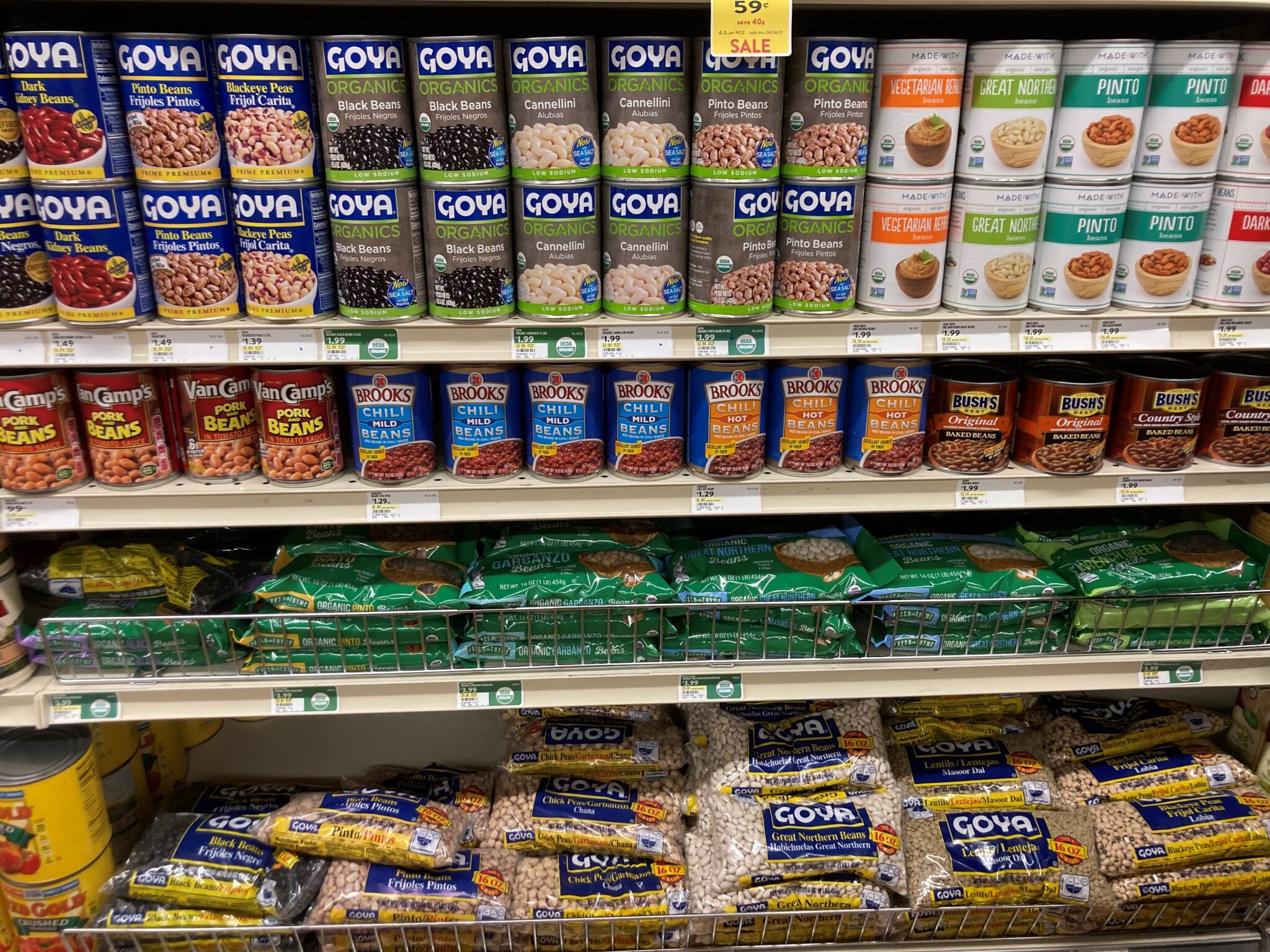
I hope you take more time evaluating what forage species and variety of that species should be purchased than the time taken to buy a vegetable at the grocery store.
In recent years, Indiana has experienced an increase in air quality concerns during the summer due to elevated incidence and severity of wildfires in Canada and the western U.S.
© 2024 Purdue University | An equal access/equal opportunity university | Copyright Complaints | Maintained by Pest&Crop newsletter
If you have trouble accessing this page because of a disability, please contact Pest&Crop newsletter at luck@purdue.edu.